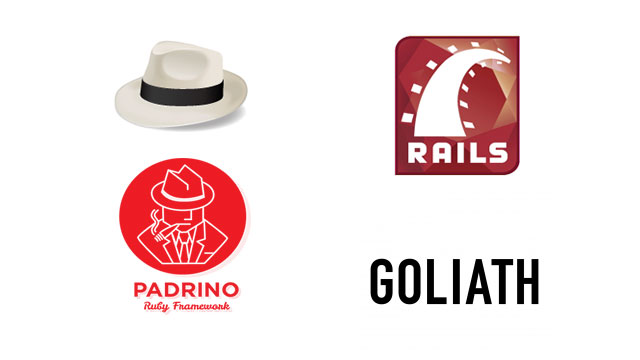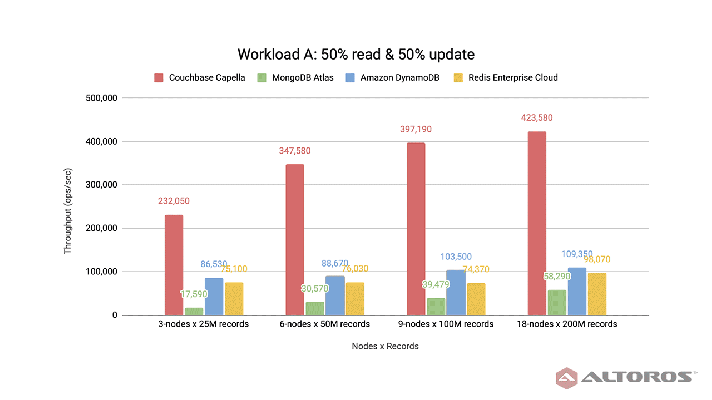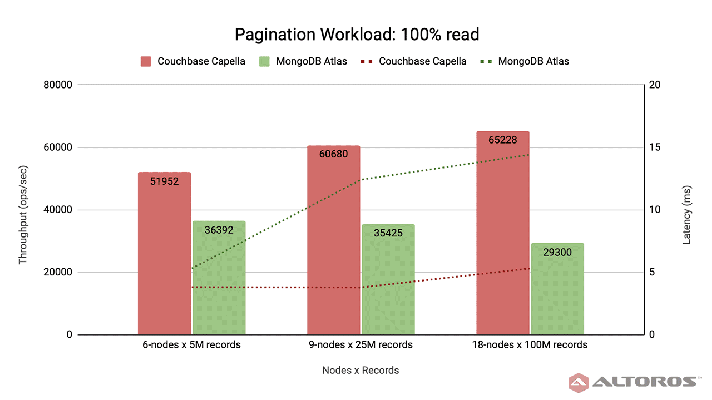Performance Comparison of Ruby Frameworks: Sinatra, Padrino, Goliath, and Ruby on Rails

Evaluation results
 The main goal of this article was to find the best framework for a very basic, but highly loaded Ruby application. This is the updated version of the comparison that was first posted in June 2013. Now, we ran all the tests again, using the latest versions of Sinatra, Padrino, Goliath, and Ruby on Rails (RoR). Unfortunately, the Espresso framework that we had tested last time disappeared from all the repositories, so it is no longer included.
The main goal of this article was to find the best framework for a very basic, but highly loaded Ruby application. This is the updated version of the comparison that was first posted in June 2013. Now, we ran all the tests again, using the latest versions of Sinatra, Padrino, Goliath, and Ruby on Rails (RoR). Unfortunately, the Espresso framework that we had tested last time disappeared from all the repositories, so it is no longer included.
We used the following test infrastructure and settings: ApacheBench 2.4.3 ab -n 1000 -c 100 localhost, a 2.3 GHz Intel Core i5 Sandy Bridge CPU, 4 GB of 1333 MHz DDR3 RAM, a 120 GB Intel 330 SSD, OS X Mavericks 10.9.1, Ruby 2.0.0p247, and MySQL 5.6.14 in a development environment.
In the comparative tables below, you will find performance results illustrating how much time it takes for the solutions to process 1,000 requests.
Sinatra 1.4.4
Let’s start with Sinatra. It turned out that Unicorn works faster with MySQL and Views than with Views only, but since the difference is very small (0.005 sec), this might be due to an error.
| WEBrick 1.6.1 | |||
| Thin 1.6.1 | |||
| Unicorn 4.8.1 |
To eliminate any inaccuracies, we rechecked all the controversial results many times and got pretty stable values. So, you should be extremely careful when building high-load applications, because any small changes may slow them down. We recommend to always run benchmark tests on the web server you want to use in production.
Since Thin demonstrated the best results, while keeping the application very simple, we decided to use it for the rest of the tests.
Padrino 0.11.4
Although the Padrino framework is built on Sinatra with a lot of helpful features, like in RoR, its performance is still close to that of a clean Sinatra application. This is very good news for us.
| No cache | ||||
| Memory |
Goliath 1.0.2
The results for Goliath look a bit strange, because we expected this framework to be the fastest, thanks to its own HTTP server.
If you test it and get different results, please do not hesitate to mention that in the comments and/or propose your version of the benchmark test.
RoR 4.0.2
We also decided to test RoR 4.0.2. For these tests, we enabled caching classes in development.rb and disabled sessions and protection from forgery. We also used the Sequel database toolkit instead of ActiveRecord to make the results more trustworthy. As you can see, they turned out to be close to Goliath’s, but slightly better.
You can take a look at the applications we created for these tests to make sure they were really similar. We hope this article helps you to choose the right Ruby framework. Feel free to leave your comments below.
Further reading
- Performance Comparison of Ruby Frameworks 2016
- Performance Comparison of Ruby Frameworks, App Servers, Template Engines, and ORMs
- Performance Comparison of Ruby Frameworks: Goliath, Ruby on Rails, Sinatra, Padrino, and Espresso








